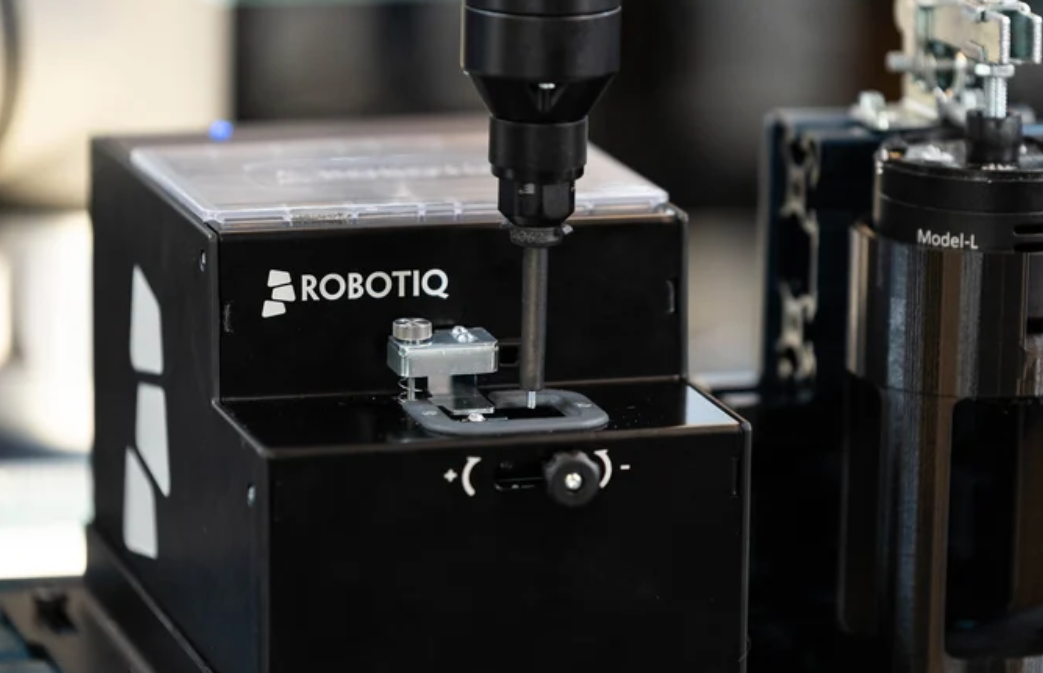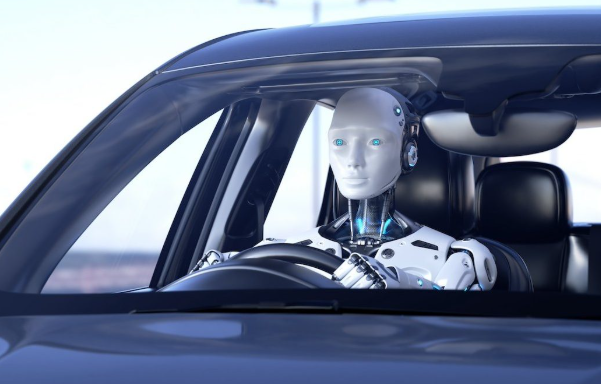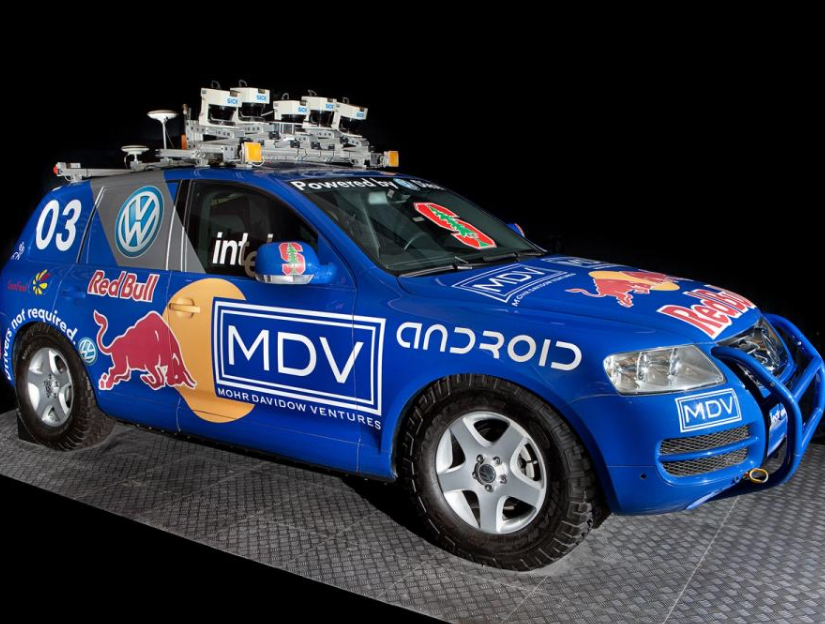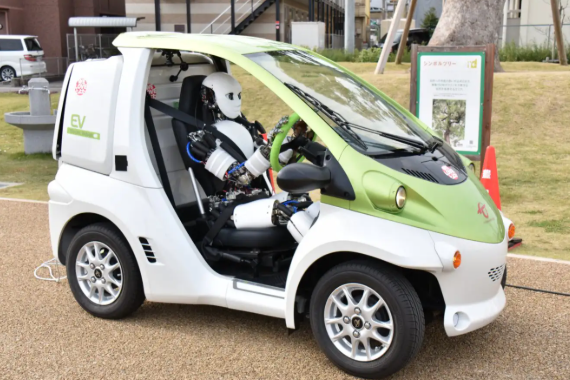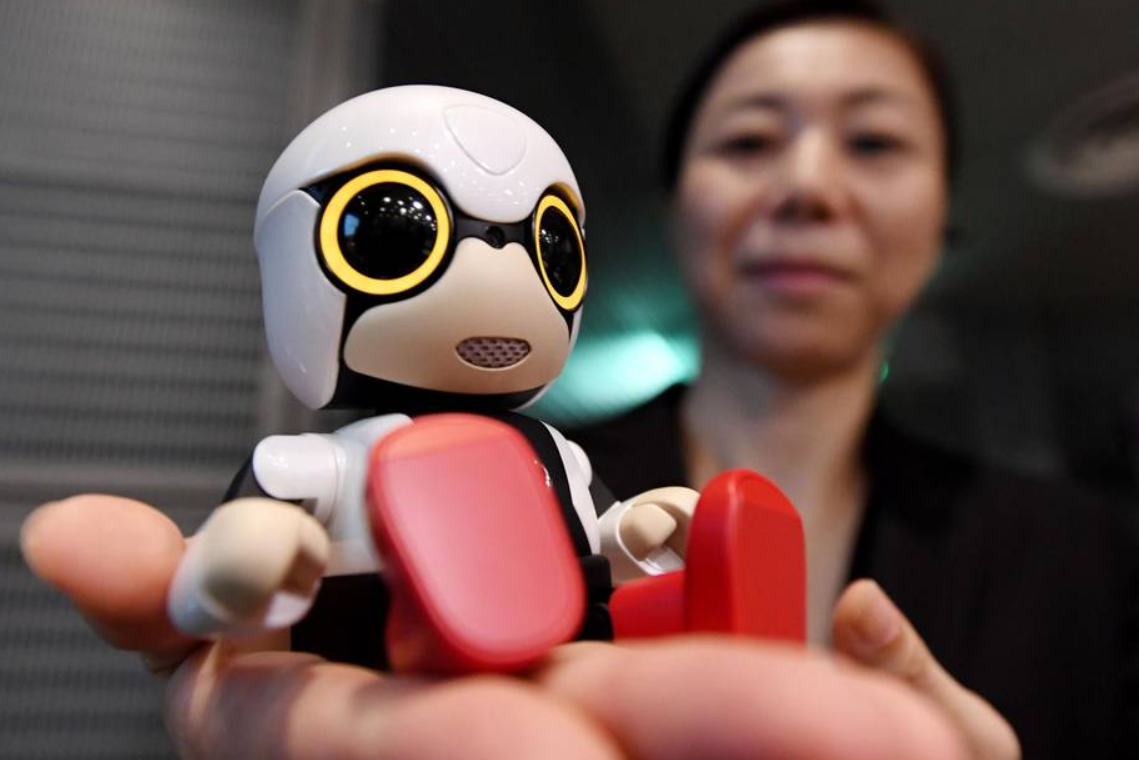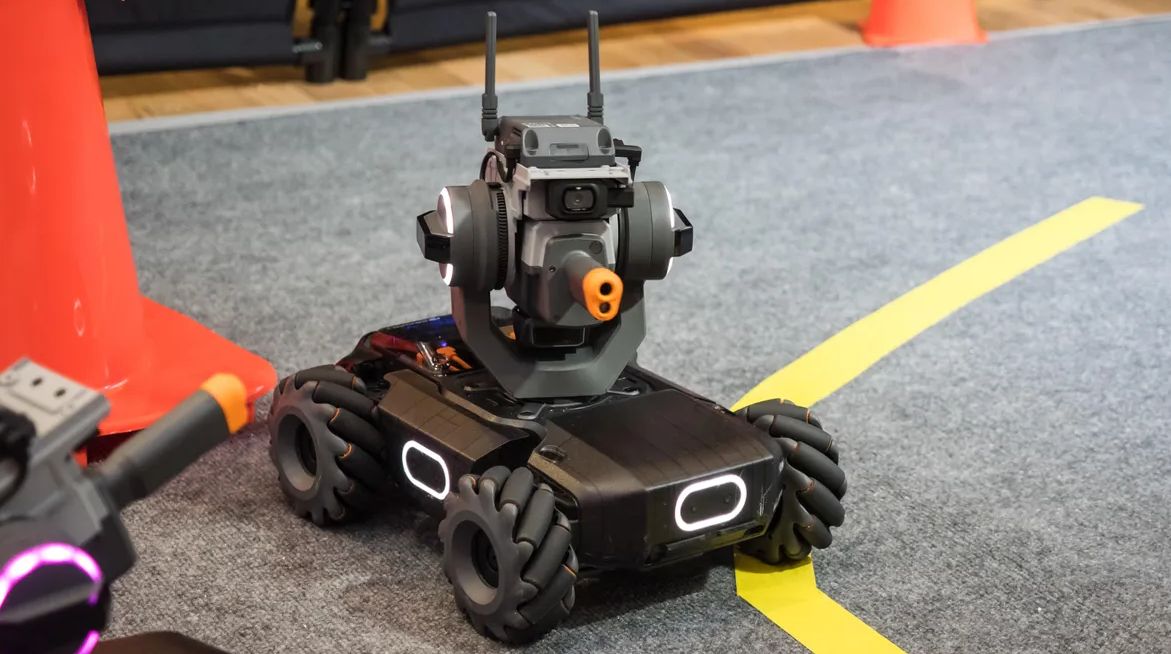1. Metaso AI Launches "Deep Research" Feature
Chinese AI search platform Metaso AI has unveiled its new "Deep Research" functionality, offering free access to systematic analysis capabilities for complex problems. This innovative feature provides transparent visibility into the complete thinking process and supports one-click generation of interactive web reports. In evaluations including BrowseComp, the platform has demonstrated superior performance compared to similar models, establishing a new benchmark for AI-powered research tools.
2. Shenzhen Achieves World's First Autonomous Robot Subway Delivery
Shenzhen Metro Line 2 has deployed the "Arctic Tern" delivery robot, utilizing AI scheduling algorithms to achieve autonomous station entry, boarding, and goods delivery. This collaboration between Shenzhen Railway Group and Vanke addresses delivery challenges for subway retail outlets while enhancing urban smart logistics efficiency. The implementation represents a significant milestone in autonomous transportation and urban AI integration.
3. Kimi Releases Trillion-Parameter Open Source Model K2
Moonshot AI has launched K2, a 1 trillion-parameter MoE (Mixture of Experts) architecture model that has topped open-source model rankings. Supporting 128K context length, the model features enhanced code generation and tool calling capabilities. With API costs at only one-fifth of Claude's pricing and daily usage exceeding 10 billion tokens, K2 represents a major breakthrough in cost-effective large language model deployment.
4. Mafengwo Upgrades AI Travel Assistant
The travel platform has introduced an enhanced "AI Itinerary Planning" workflow that generates comprehensive outbound travel plans through requirement calibration, including detailed transportation and accommodation arrangements. The upgraded "AI Xiao Ma" assistant now features intelligent restaurant booking, multilingual translation, and menu recognition capabilities, significantly improving user experience for international travelers.
5. China Unicom Smart Home Robot Evolves into Intelligent Agent
Serving 270 million household users, the platform integrates eSIM cloud PAD and other products to build a multi-device collaborative home ecosystem. The system achieves scenario-based smart home services, accelerating the deployment of household AI assistants and establishing new standards for domestic intelligent living solutions.
6. Huawei to Showcase Ascend 384 Supernode Real Machine
Huawei plans to debut its Ascend 384-card interconnection technology at the 2025 World Artificial Intelligence Conference, addressing cross-machine communication bottlenecks. This solution significantly enhances AI computing efficiency and supports large model training optimization, positioning Huawei as a leader in high-performance AI infrastructure.
7. Tencent Cloud Launches Comprehensive Financial AI Solution
The platform has introduced six major scenario-based intelligent agents, including credit assistants, covering the entire financial value chain. Testing by Huaxing Bank demonstrates a 10-fold improvement in corporate due diligence efficiency, with the solution already serving over 10,000 global financial clients and establishing new industry standards.
8. Keenon Robotics Leads Commercial Service Robot Market
With a 22.7% global market share in commercial service robot shipments and overseas business accounting for 50% of revenue, Keenon has secured over 10,000 orders for its "Lightning Box Arm" humanoid robot. The company is accelerating intelligent transformation in restaurant and hotel scenarios, demonstrating strong market leadership.
9. AOSEED Intelligent Releases Consumer-Grade Exoskeleton VIATRIX
The next-generation sports exoskeleton emphasizes the balance between emotional value and technology, currently undergoing trials in community care centers. Technical upgrades enhance applicability in elderly care and disability assistance scenarios, representing significant progress in wearable AI technology for healthcare applications.
10. GoerTek Introduces AI Glasses Sensor Solution
The multi-MIC + VPU solution improves voice recognition accuracy in complex scenarios while maintaining ultra-lightweight design ensuring voice privacy beyond 0.5 meters. This advancement promotes optimization of AR device interaction experiences and establishes new standards for wearable AI interfaces.
11. Jack Sewing Machine Debuts World's First AI Sewing Machine
Featuring built-in NPU + Camera dual modules, the machine utilizes fabric-adaptive models based on thousands of tests. This innovation drives unmanned garment manufacturing, achieving full automation from fabric analysis to sewing processes and revolutionizing textile industry production methods.
12. Unitree Technology Initiates IPO Counseling
The humanoid robot company has achieved annual revenue exceeding 1 billion yuan, securing investments from China Mobile and Tencent with a valuation surpassing 10 billion yuan. This development leads capital market enthusiasm in the robotics sector while accelerating commercial deployment of humanoid robots.
13. Lichuang Technology to Release 6nm Self-Developed GPU
Scheduled for July 26th release, the domestic GPU targets RTX 4060 performance levels with native DirectX12 support. Integrated NRSS neural networks fill gaps in high-performance computing domestication, representing a significant milestone in China's semiconductor independence efforts.
14. Kunlun Wanwei Releases AgentOrchestra Framework
Jointly developed with Nanyang Technological University, this hierarchical multi-agent collaboration system outperforms mainstream models in GAIA evaluations. The "conductor-musician" architecture enhances complex task processing capabilities, establishing new paradigms for multi-agent AI systems.
15. Ministry of Education Releases AI Core Textbooks
The AI 101 program introduces 12 textbooks covering cutting-edge fields including generative AI. Led by Academician Zheng Nanning, the curriculum system provides standardized templates for universities, establishing comprehensive educational frameworks for AI development in China.
16. Six Major Institutions Propose Four-Tier Data Protection System
A joint initiative establishes AI data sensitivity classification standards, regulating unauthorized data usage behaviors. While detailed guidelines remain unpublished, this reflects industry consensus on privacy and intellectual property protection in AI development.
17. Xiaomi Launches Xuanjie O1 Chip Performance Panel
Available for 15S Pro phone users, the feature provides manual voltage and frequency adjustment capabilities with built-in intelligent protection mechanisms. This demonstrates trends toward fine-grained end-side AI control, balancing performance optimization with power consumption management.
18. KONE Elevator Applies AI Digital Twin Technology
The Kunshan facility reduces failure rates by 55% through predictive maintenance, deeply engaging in China's manufacturing transformation. Plans for new Greater Bay Area investment projects advance intelligent manufacturing upgrades and establish new industry standards.
19. State Grid Hunan Deploys AI Power Grid Scheduling
Robot dog inspections improve substation efficiency by 4x, while AI dispatchers generate grid solutions within 30 seconds. These technologies ensure stable power supply during high-temperature periods while optimizing energy management systems across the province.
20. Sany Heavy Industry Demonstrates Unmanned Paving Machine Fleet
Achieving one-click paving of 100-meter asphalt roads, the road machinery division improves efficiency through quality upgrades. This advancement promotes intelligent construction automation while reducing dependence on manual labor in infrastructure projects.
21. TCL CSOT Enhances Supply Chain Efficiency Through Digitalization
Panel supply efficiency improves by 40%, while air conditioning factories reduce inventory by 10% through 5G+ platforms. The integration of AI with manufacturing strengthens just-in-time delivery capabilities and establishes new benchmarks for smart manufacturin


